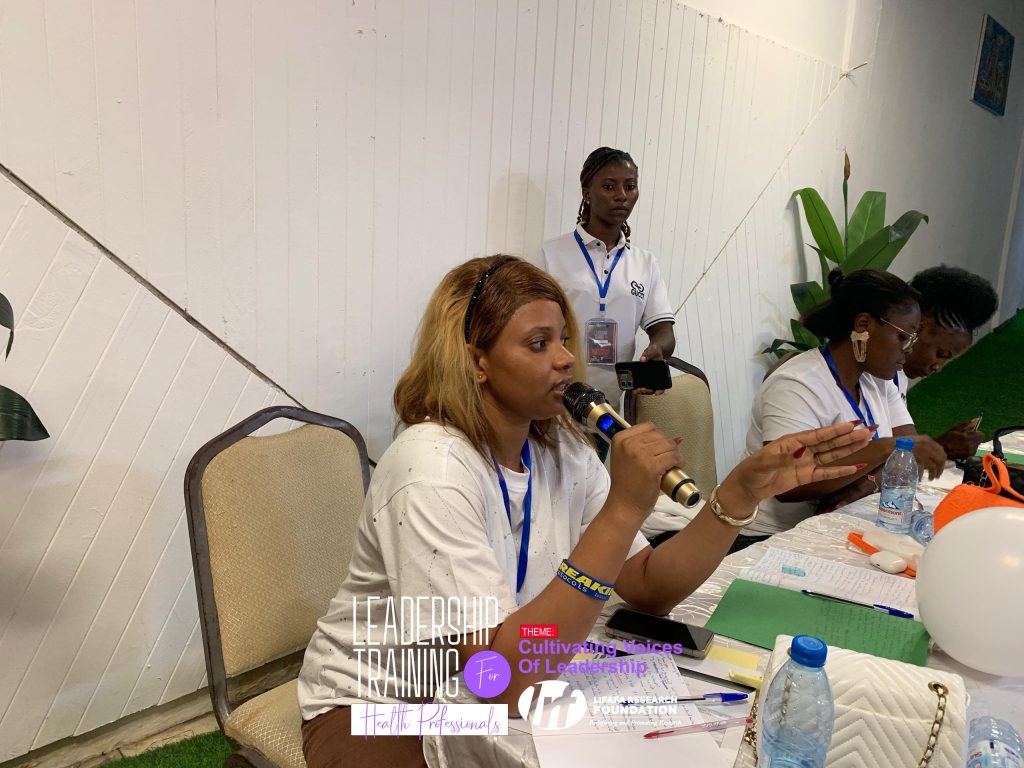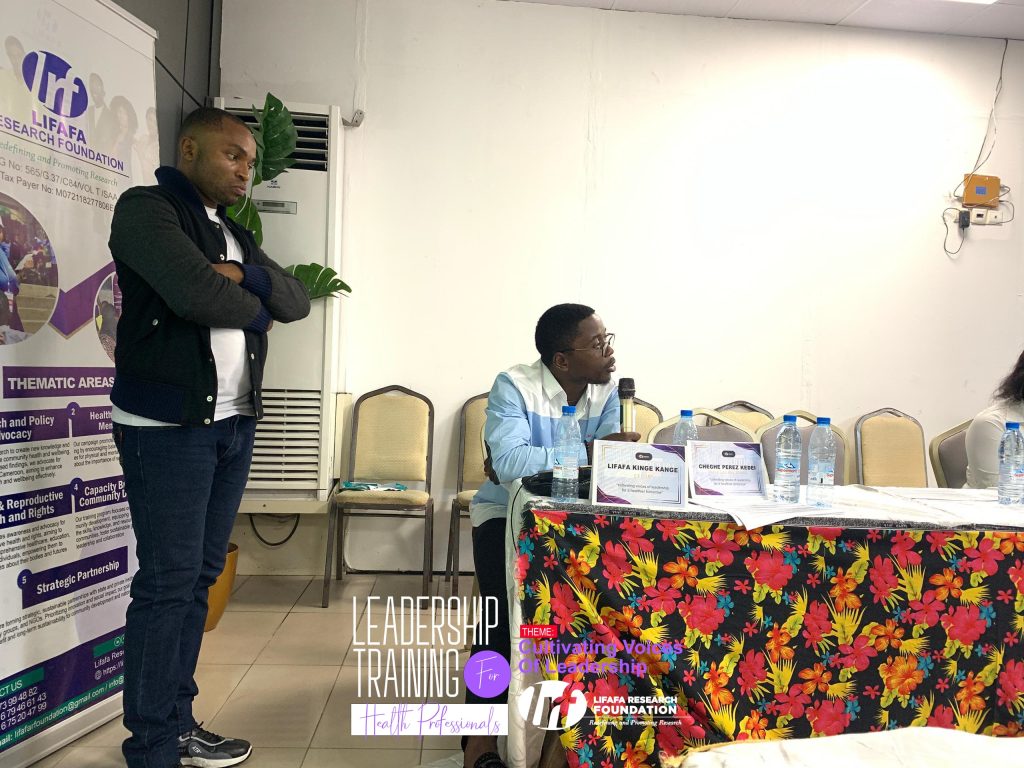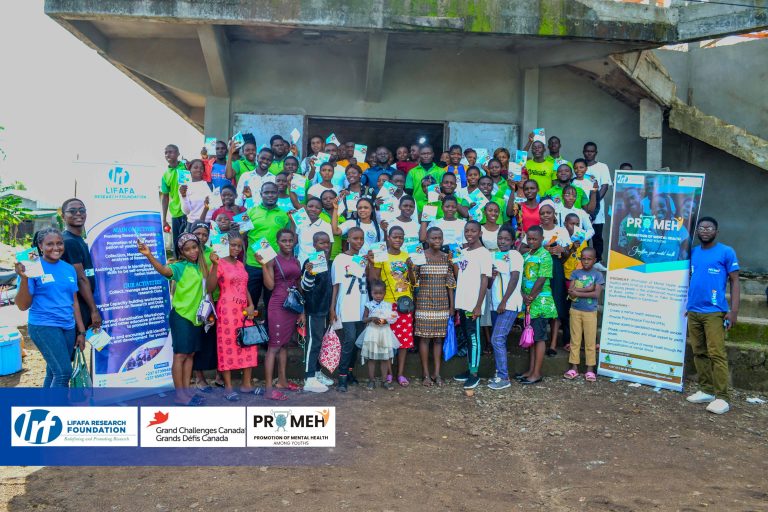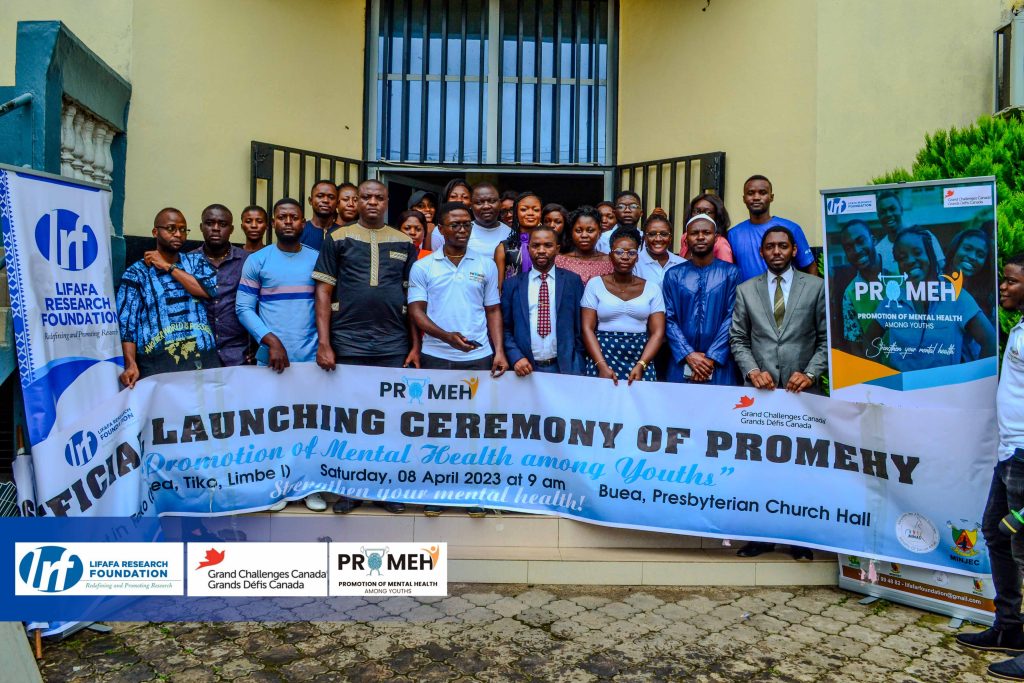What happens when young, passionate minds come together to reimagine leadership in health?
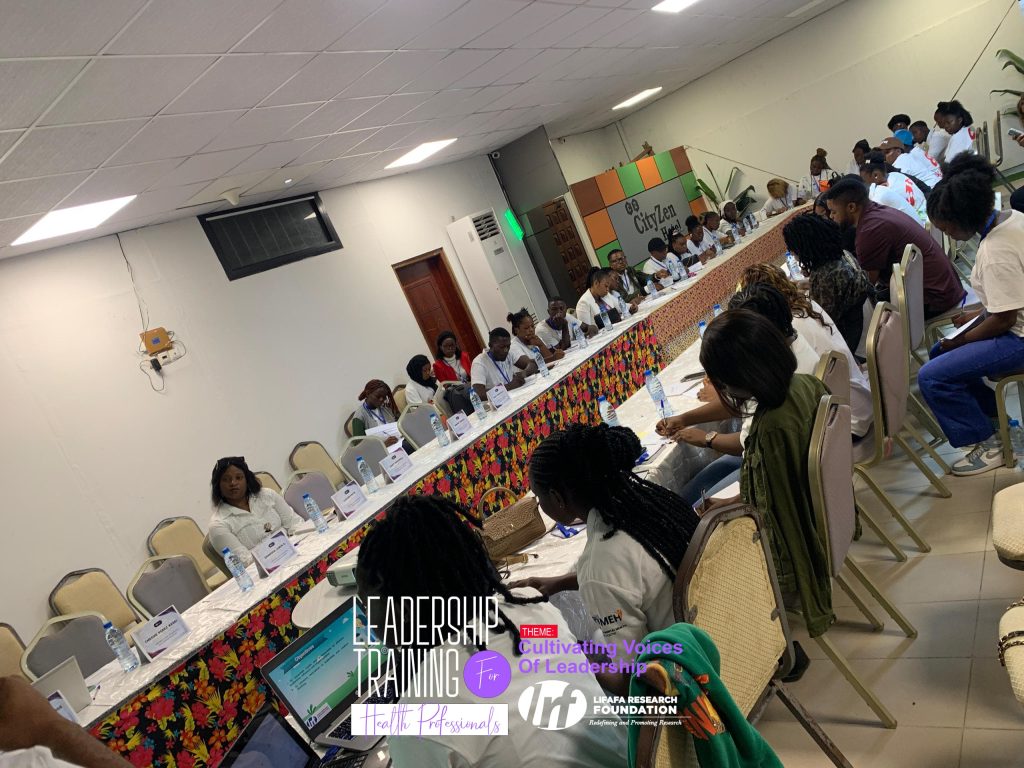
-
- You get more than a seminar. You get a movement.
That was the unmistakable energy at the “Cultivating Voices of Leadership in Health” training organized by the Lifafa Research Foundation (LRF) on June 28, 2025. Hosted at the inviting Cityzen Hotel in Bonamousadi, Douala, this one-day experience brought together 48 young health professionals, each with a spark, and ignited a collective flame. This wasn’t just another leadership event with PowerPoint slides and obligatory name tags. It was immersive, thought-provoking, and for many participants, life-changing. From the moment the opening speech was delivered to the final certificate handover, the day was filled with learning, laughter, networking, and personal growth.
- You get more than a seminar. You get a movement.
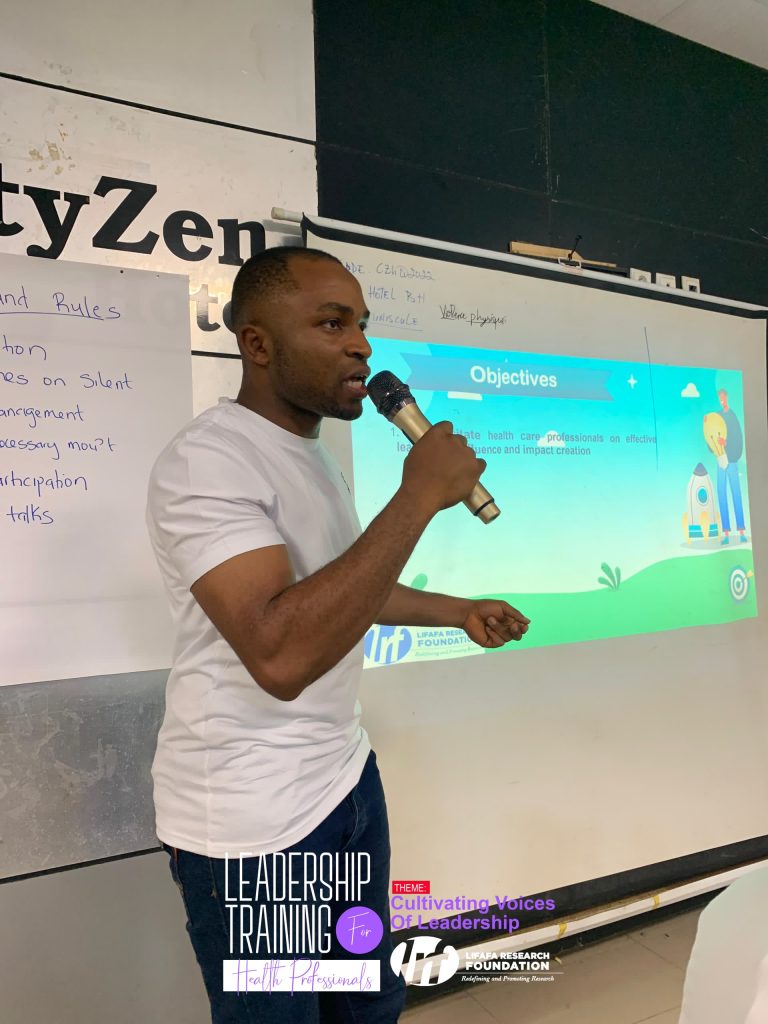
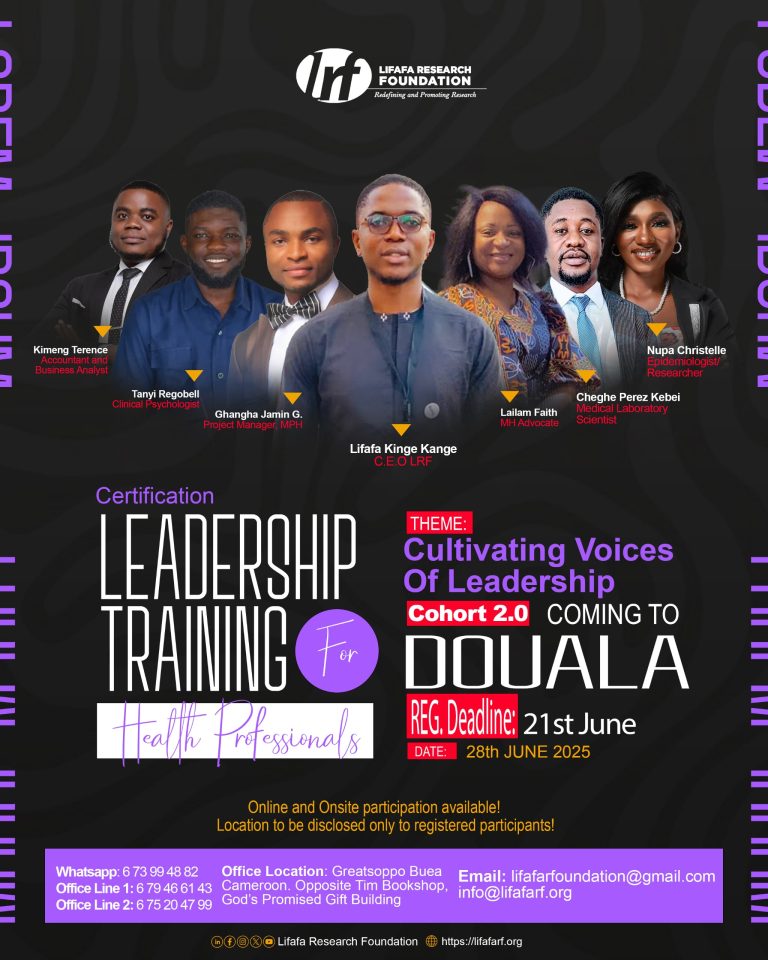
A Bold Opening
The morning began with a warm welcome from the CEO of LRF, whose words cut straight to the heart of leadership. “Leadership starts with visibility,” he said. “And visibility begins with intentional presence online, offline, everywhere.” With those words, he called on young health professionals to take control of their narratives. Whether through networking platforms like LinkedIn or through daily professional interactions, he urged them to recognize that leadership isn’t something you wait for, it’s something you claim. An opening prayer and participant introductions followed. The introductions weren’t superficial. Each participant shared their professional background and their hopes for the day. Some of which were; to learn how to better manage a healthcare team, to overcome public speaking anxiety and how to start a youth health initiative. Each story added depth to the room.
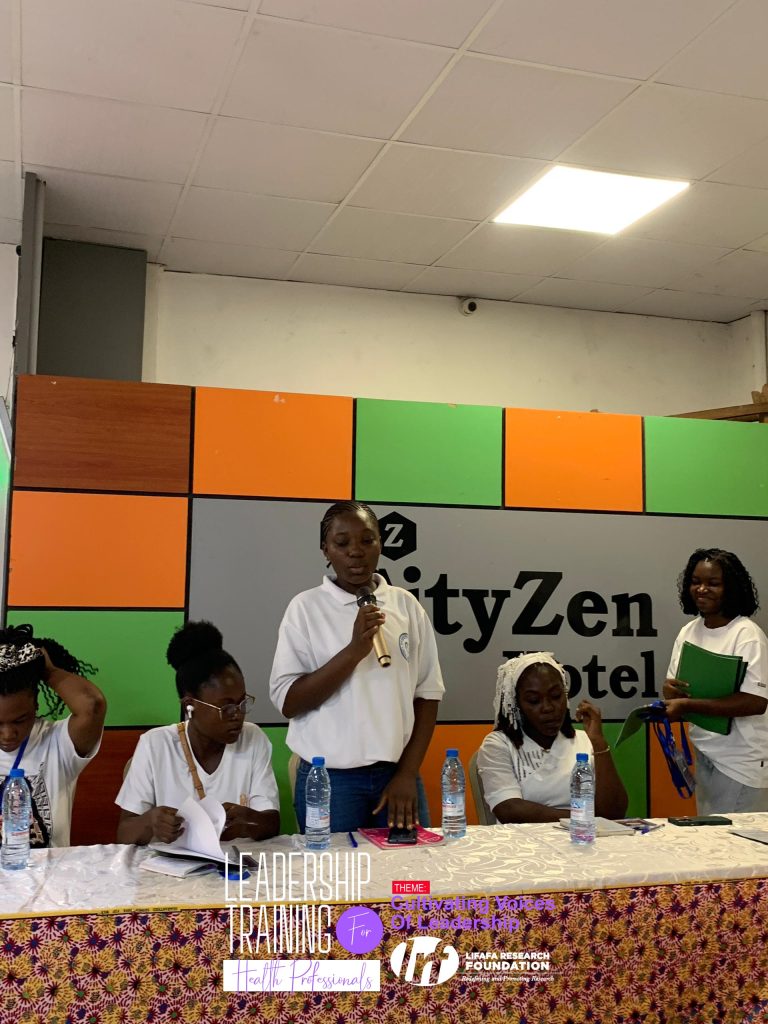
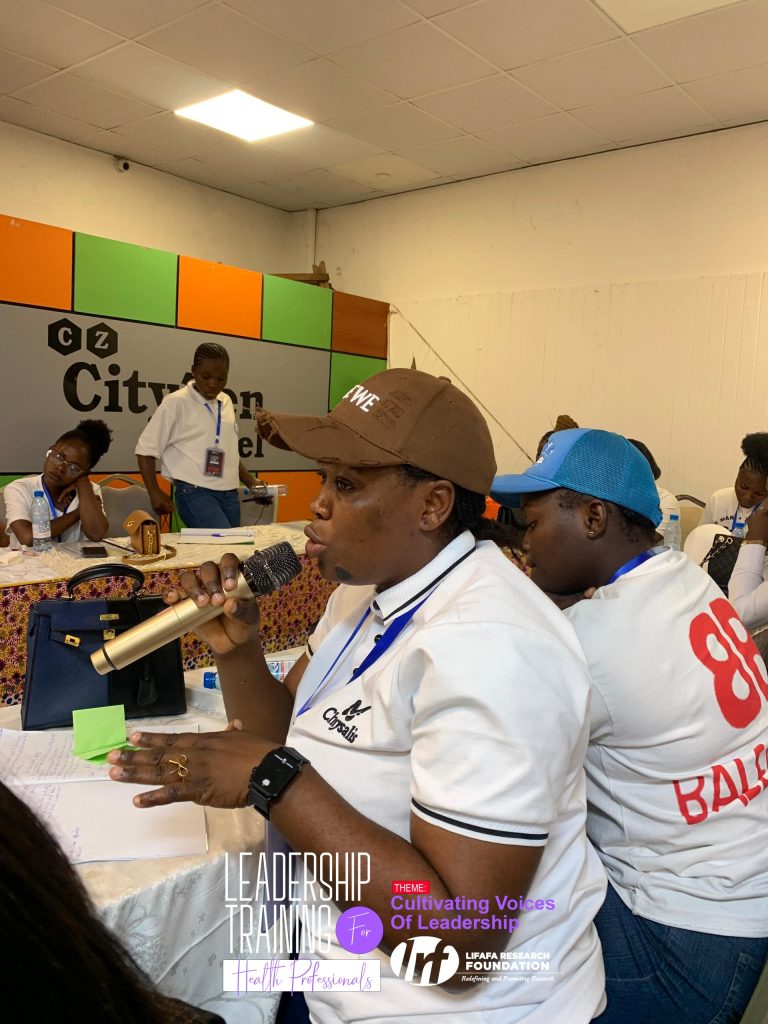
Creating a Culture of Shared Ownership
One of the most transformative activities of the morning was the setting of ground rules by the participants themselves. This simple exercise agreeing to respect punctuality, engagement, and minimal distractions created a culture of shared ownership and mutual respect. Attendees were then asked to write down their personal expectations. The question wasn’t “What are we going to be taught?” but “What am I here to learn, grow, and take forward?” This shift from passive reception to active intention set the tone for the rest of the
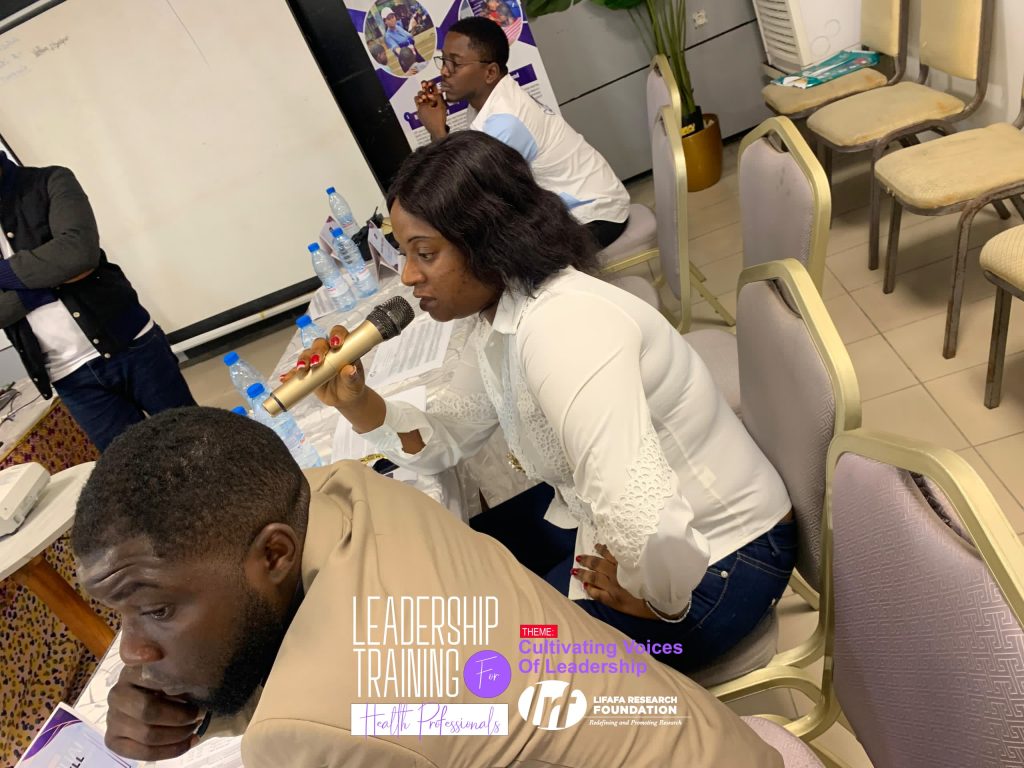
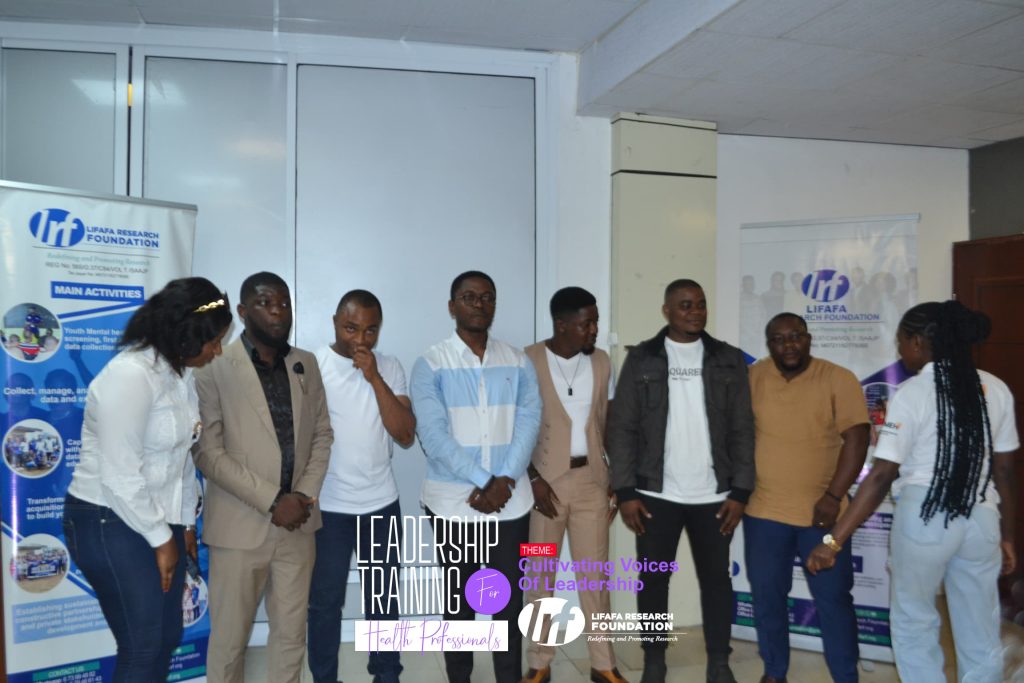
Why Youth Leadership Matters in Healthcare
The first major session, facilitated by Mr. Jamin, tackled the “why” of the day. Why invest in youth leadership in health? Why now? The answer lay in a simple, profound truth: “Nothing for us without us.” Young people are often the most affected by health policies yet the least represented in decision-making spaces. He highlighted how accountability, personal vision, and proactivity can transform not just individuals but communities.
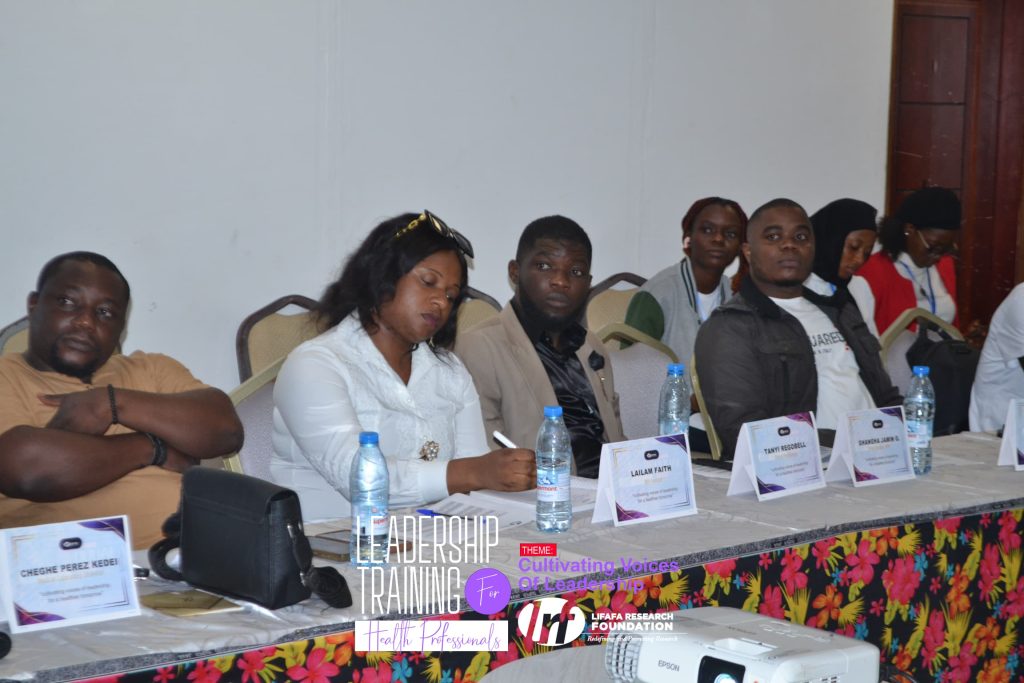
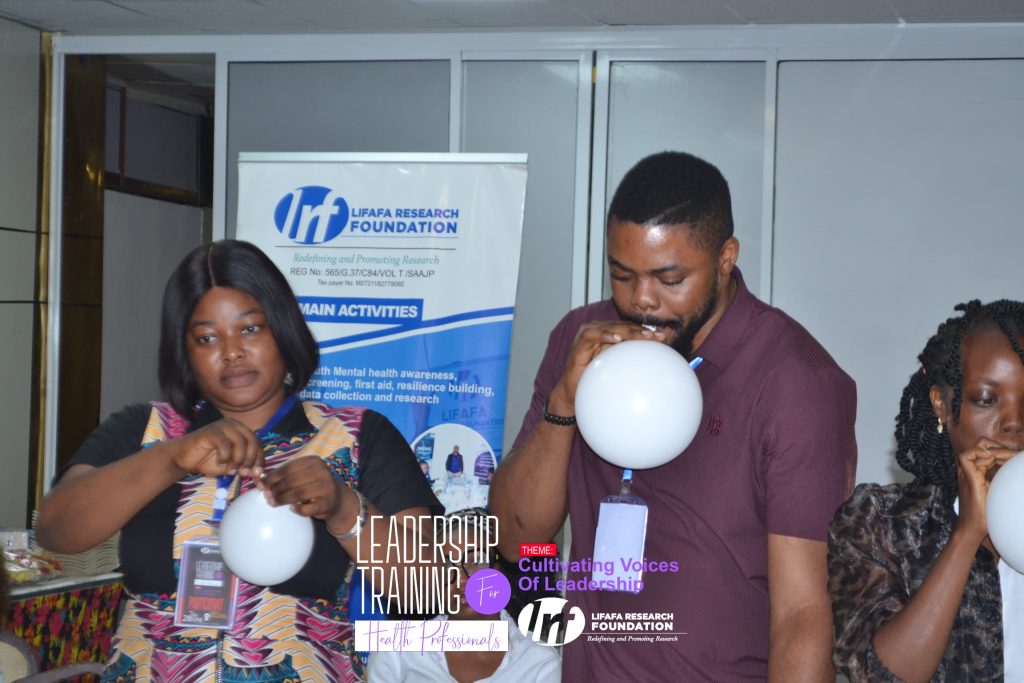
Teamwork, Collaboration, and Motivation
The session on team dynamics by Mr. Tanyi Regobell redefined what it means to work together. He helped participants explore how teams differ from groups and how motivation fuels high performance. Through real-life examples and engaging questions, he drew attention to unspoken issues many face in group work: conflict, uncooperative teammates, and unclear roles. He posed reflective questions like, “What do you identify first in a leader?” and “What matters more the journey or the destination?” These weren’t just for debate; they were moments for self-assessment. As participants shared their experiences, laughter and lightbulb moments filled the room.
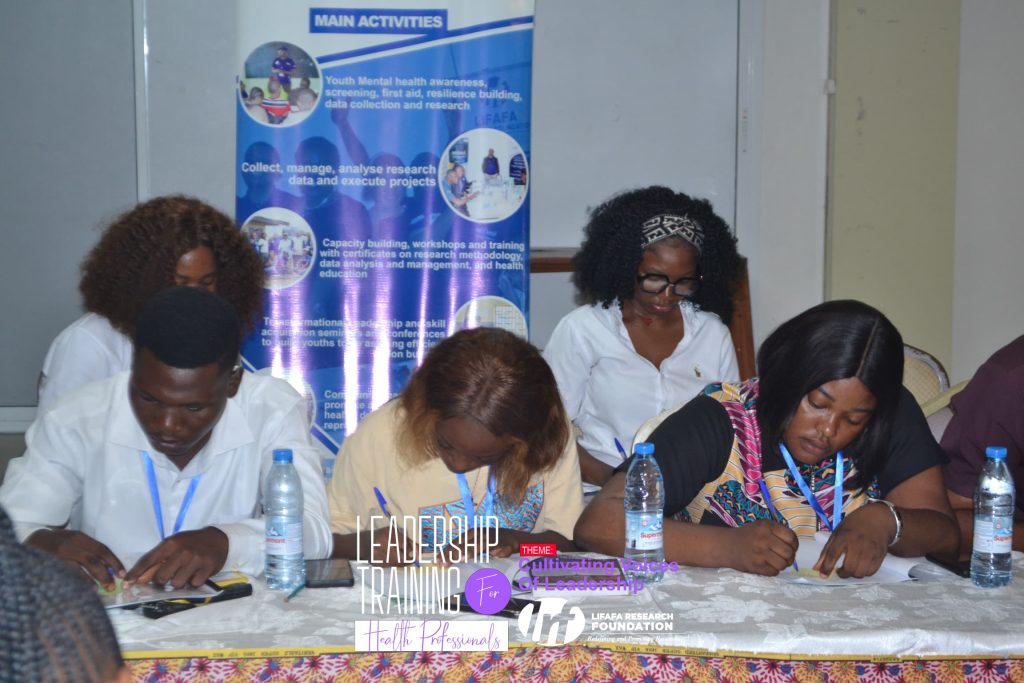
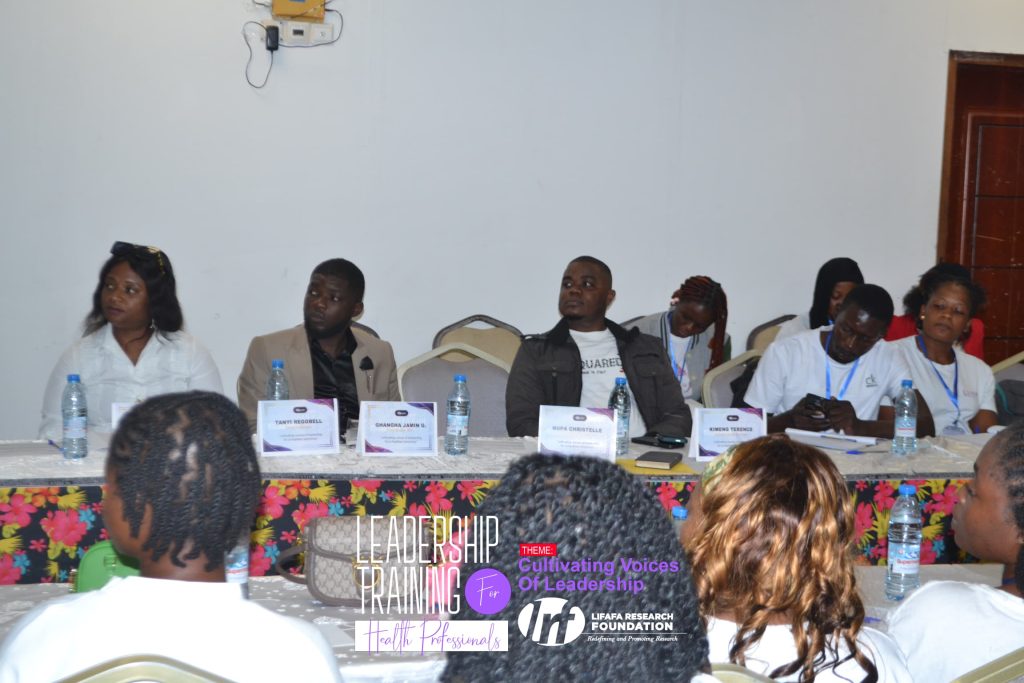
Communication as a Leadership Tool
Next was a deeply practical and emotionally resonant session on effective communication by Miss Christelle. She dissected communication into its core components: verbal and non-verbal cues, active listening, and feedback. One memorable quote from her talk was, “Leaders don’t talk to instruct; they talk to inspire.”
Participants practiced active listening, gave and received feedback, and explored ways to navigate difficult conversations. They were reminded that being understood isn’t just about clarity, it’s about empathy and purpose.
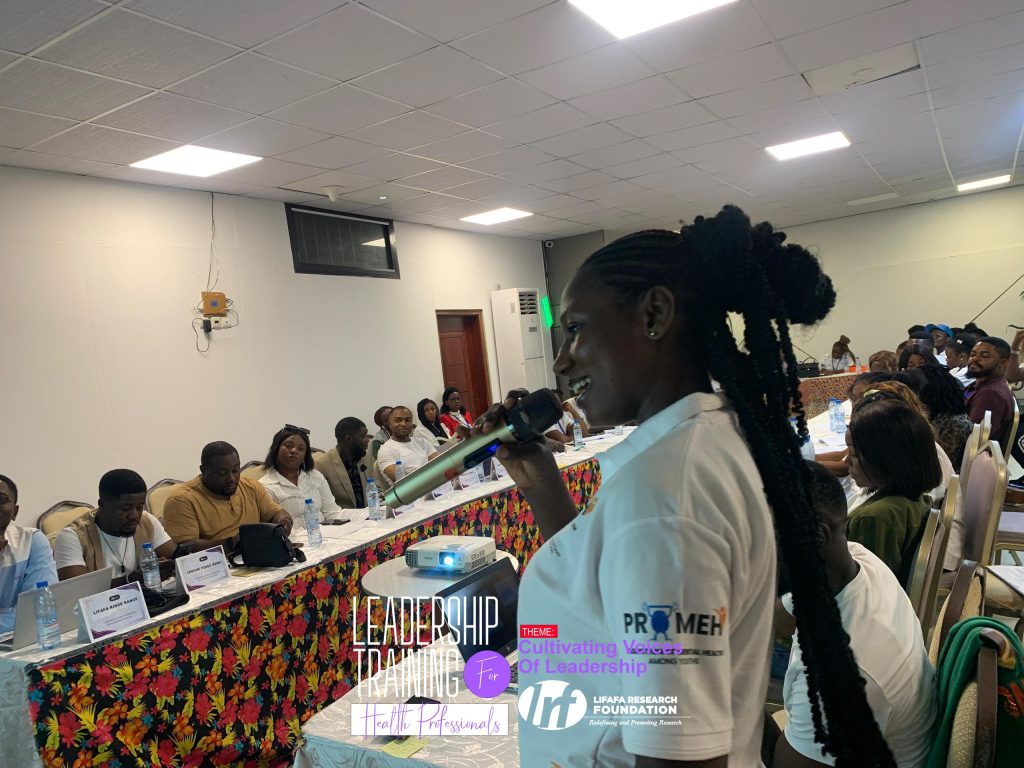
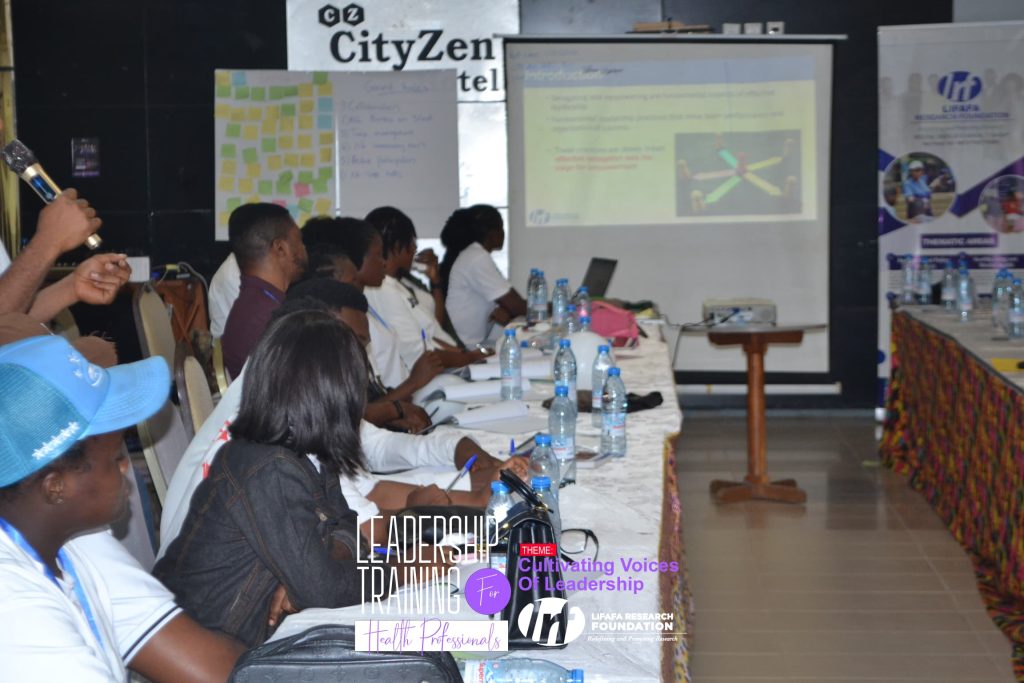
Energy and Engagement: The Icebreakers
To maintain momentum, the CEO led an icebreaker centered on non-verbal bonding. This fun, high-energy exercise reminded everyone that leadership is not only about structure and intellect, it’s about connection and trust. Seeing participants laugh, interact, and move together symbolized what leadership in action looks like collaborative, inclusive, and joyful.
Vision and Strategic Thinking
In one of the most thought-provoking sessions of the day, Mr. Lifafa explored vision building. Participants were encouraged to define their mission, vision, and goals not just for their projects or careers, but for themselves as leaders. “Where do you want to be in five years?” he asked. “And what are you doing today to get there?” Participants created their own vision statements, reflected on how their daily activities align with long-term goals, and discussed how to navigate uncertainty with resilience.
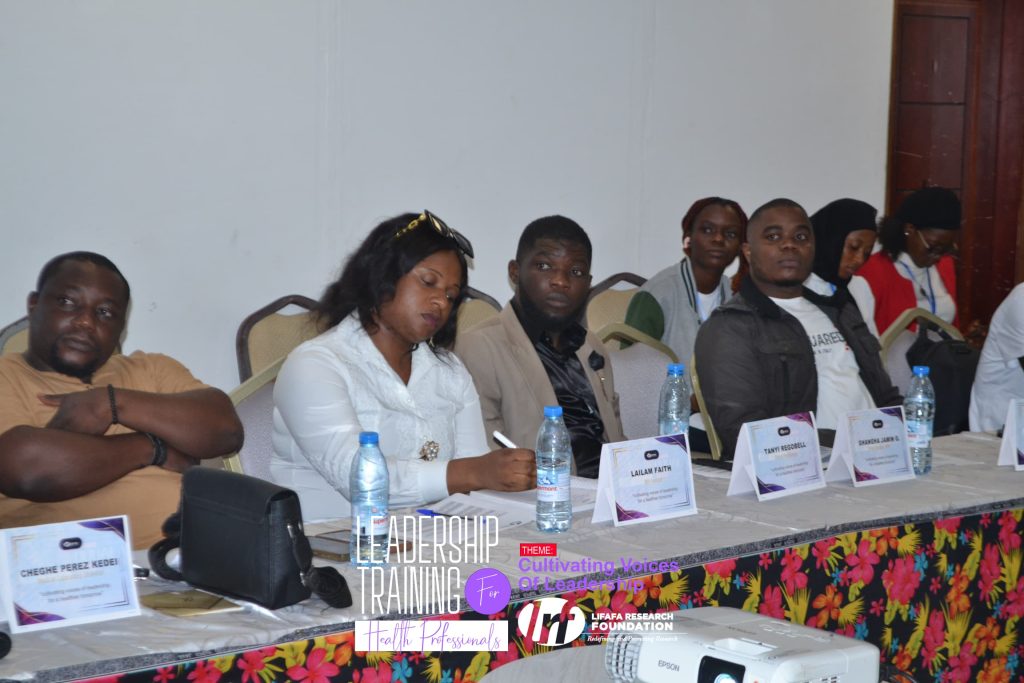
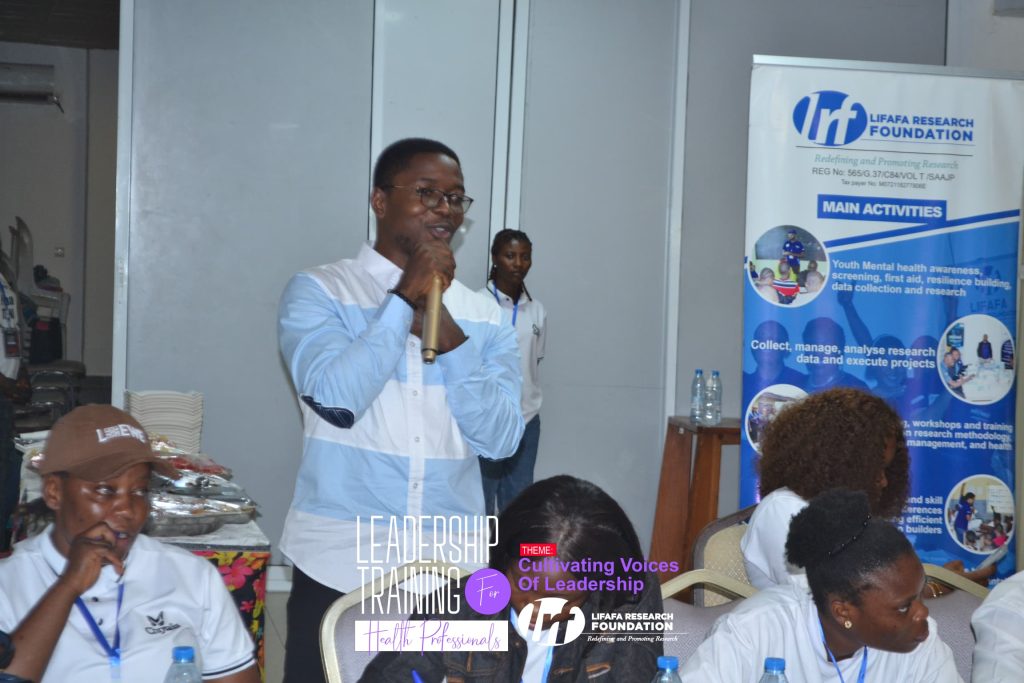
A Game That Teaches Leadership
Madam Faith and Miss Mineva’s balloon-based activity was more than just fun. Participants had to keep their own balloon in the air while helping others. The lesson was clear: to succeed as a team, support must go both ways. In an unforgettable moment, the room filled with laughter and shouting as balloons flew. But underlying the chaos was a deep insight; A true leader doesn’t fight to win alone but to motivate and inspire others.
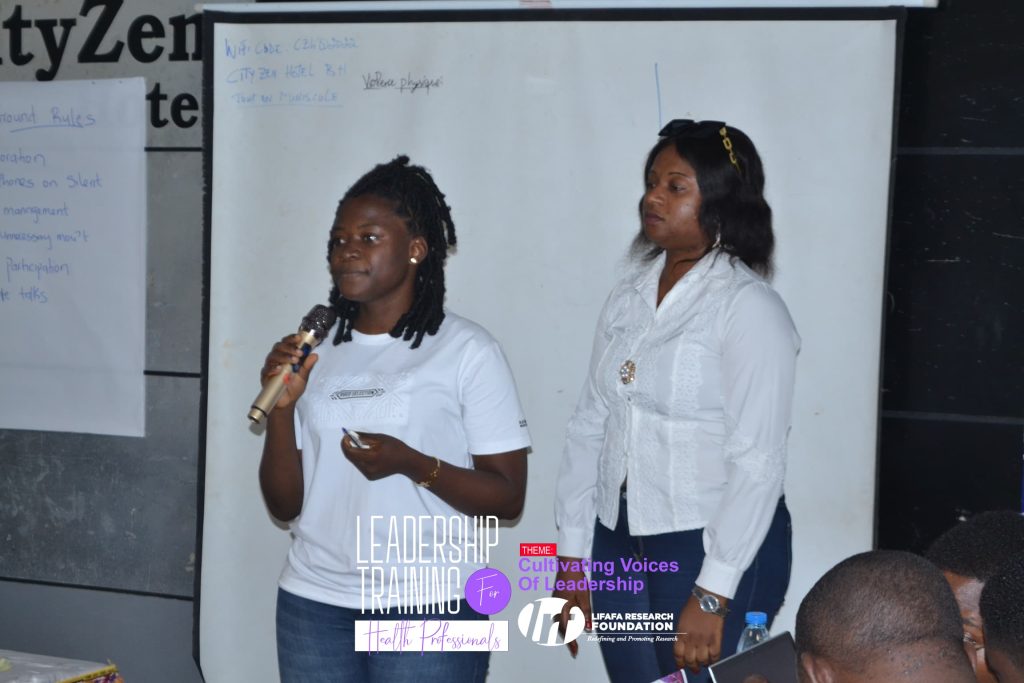

The Character of a Good Leader
Mr. Perez brought leadership back to its roots character. He emphasized that self-awareness, empathy, honesty, humility, and responsibility are what make people want to follow you, regardless of your title. Stories were shared about teachers, mentors, and supervisors; each reflecting traits of transformational leadership. The session wasn’t just about becoming a leader. It was about becoming someone worth following.
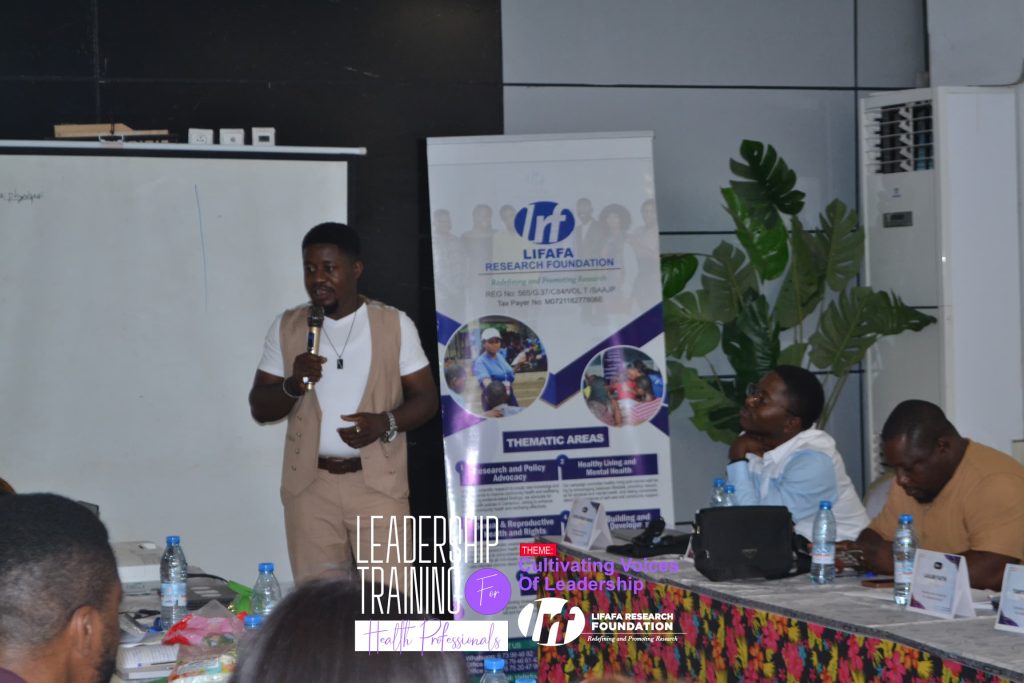
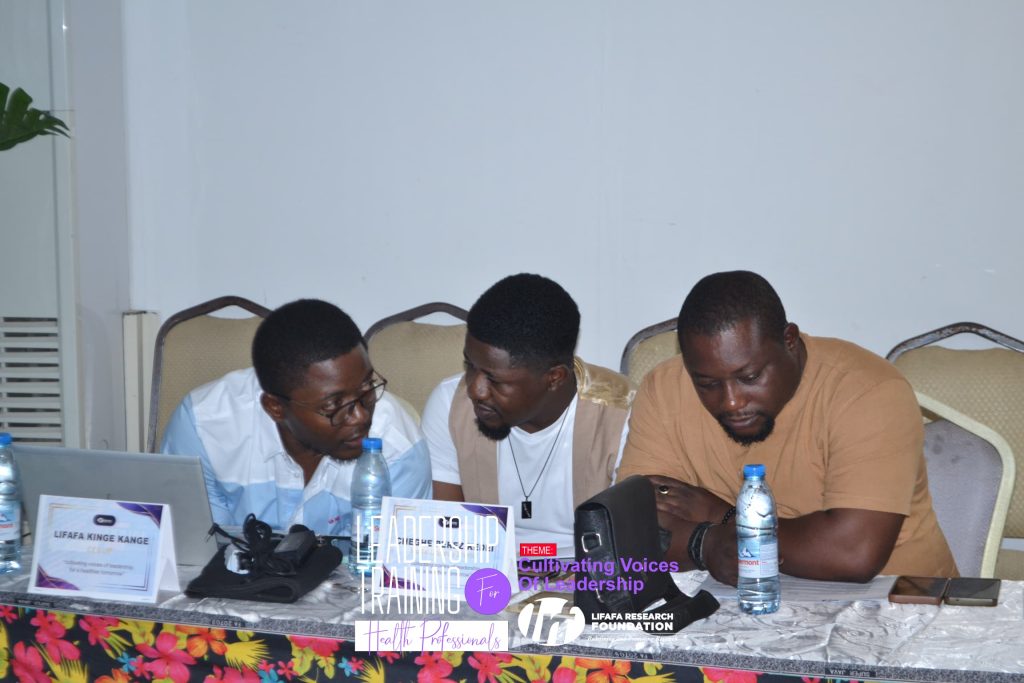
Delegation and Empowerment
Leadership is not about doing everything yourself. Mr. Jamin’s second session reinforced this by teaching the value of delegation. From recognizing individual strengths to building trust and accountability, the session offered practical tools for empowering others. As one participant said afterward, “I always thought delegation was about giving away work. Now I see it’s about sharing growth.”
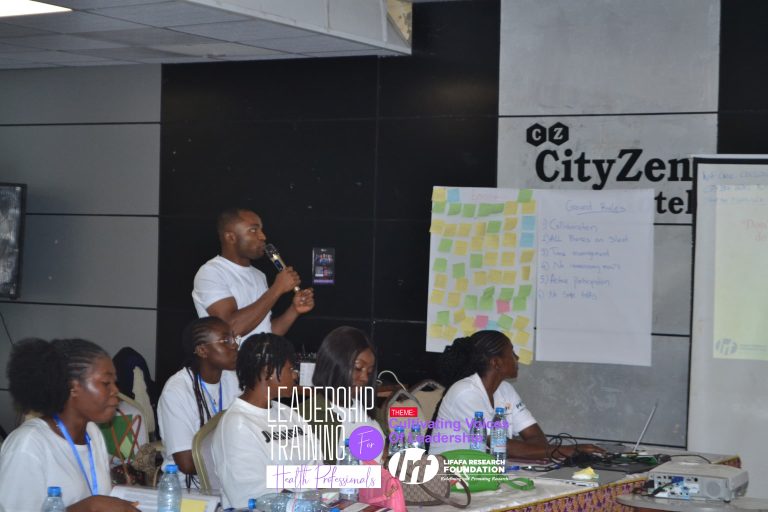
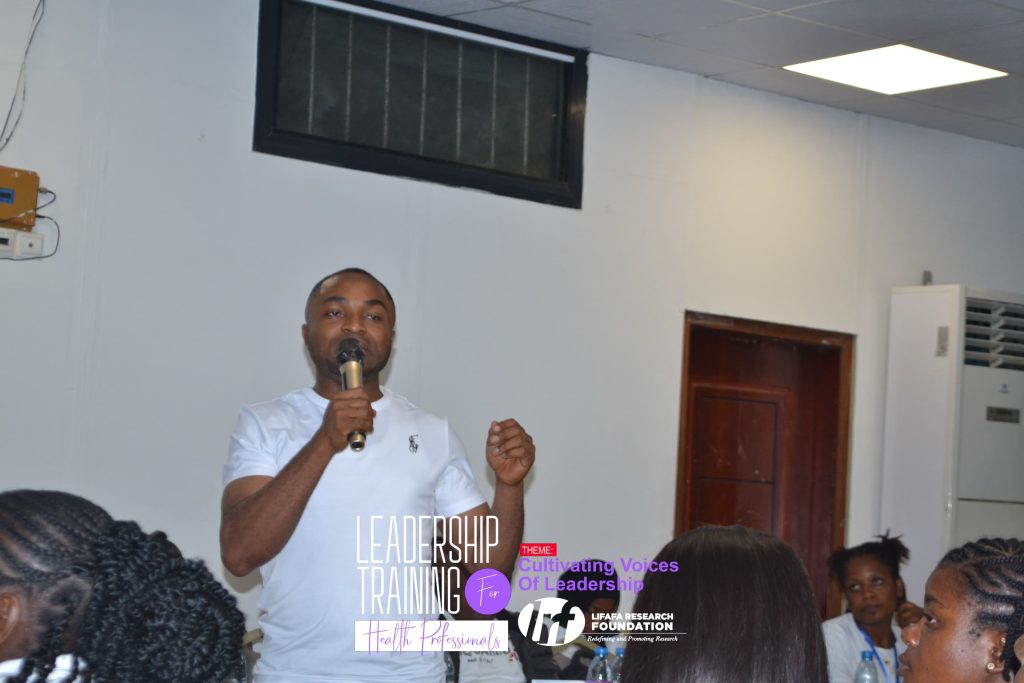
Risk Management in Leadership
The final session by Mr. Kemeng Terrence focused on risk how to identify, assess, and manage it.
Using tools like SWOT analysis and risk mapping, participants learned how to anticipate challenges and develop strategic responses. The session ended on a note of empowerment: with the right tools, risks can be managed and sometimes, even turned into opportunities.
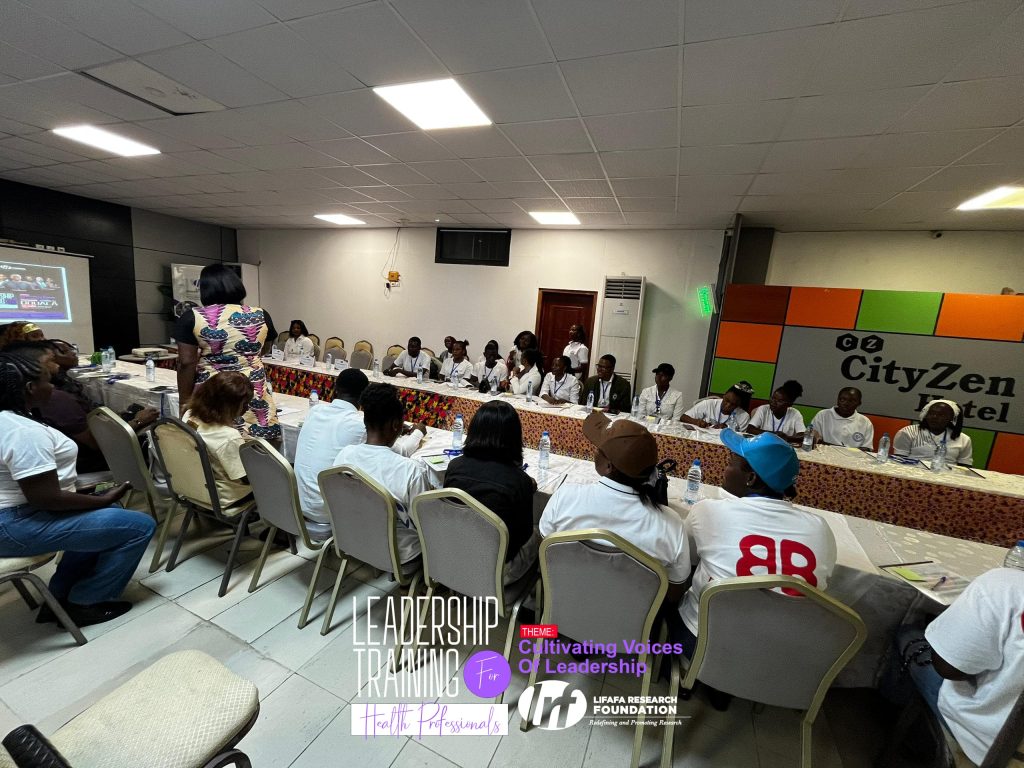
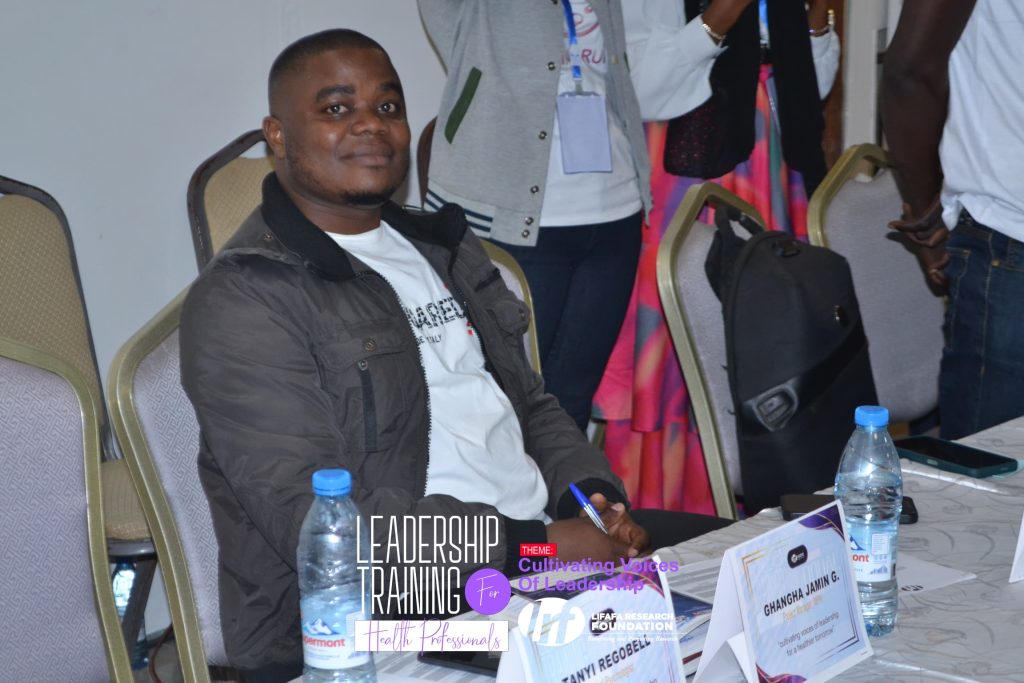
Reflections, Feedback, and Moving Forward
As the day came to a close, participants shared their feedback. Many described the day as “transformational,” “eye-opening,” and “empowering.”
Certificates were handed out, pictures were taken, and contact details were exchanged. But more importantly, hearts were inspired, and minds were changed.
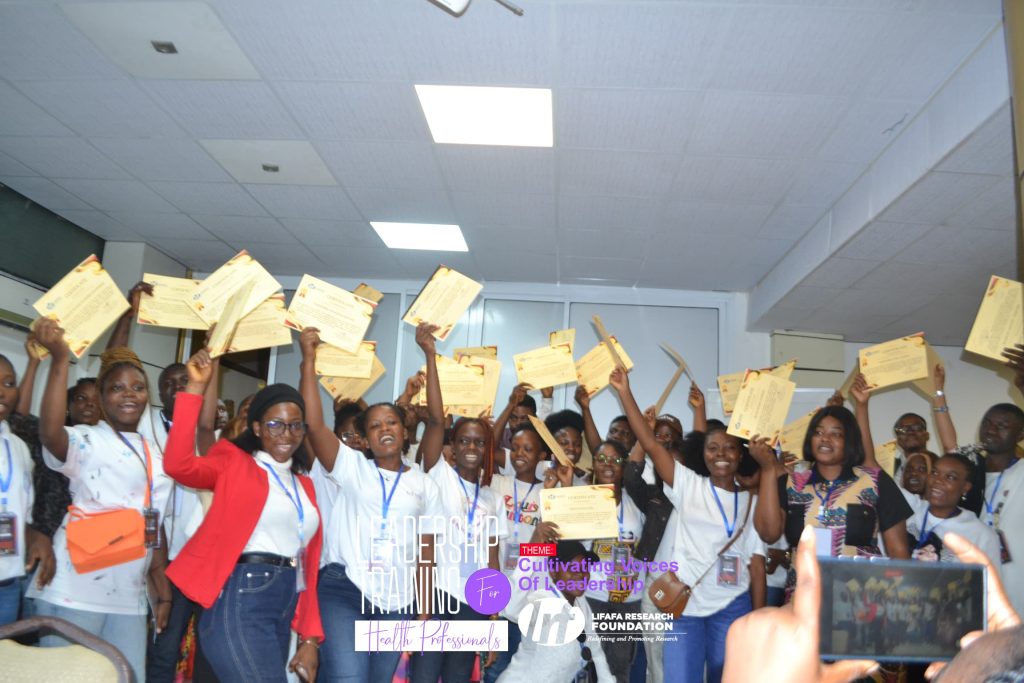
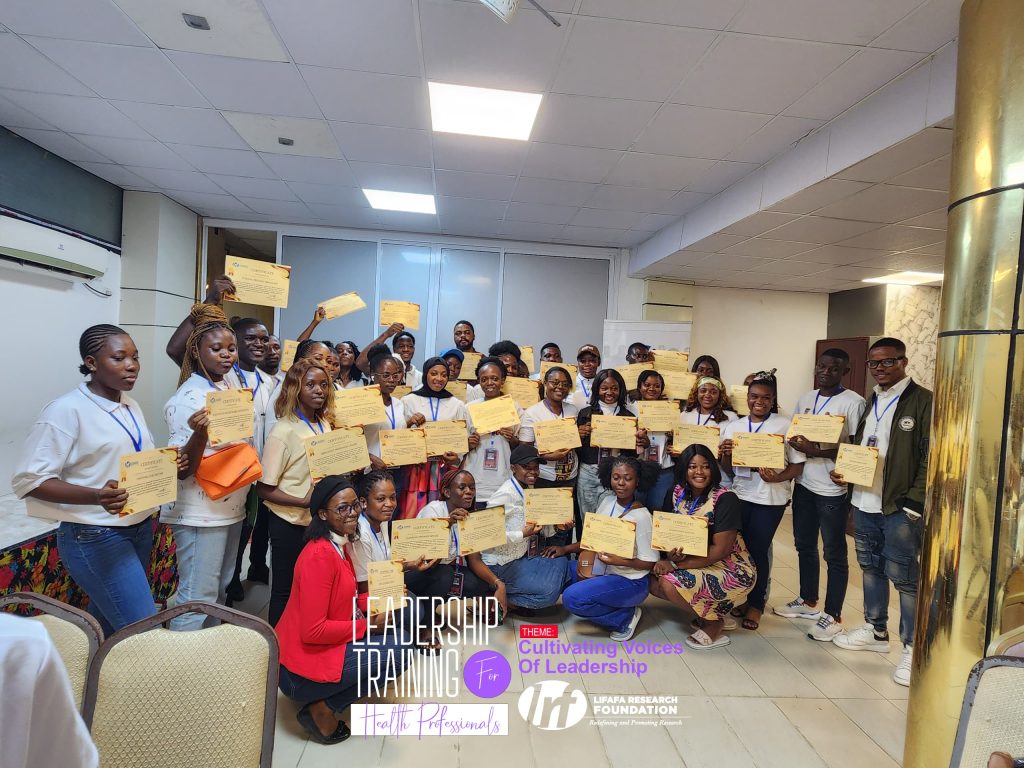
Conclusion: The Journey Has Just Begun
The Lifafa Research Foundation didn’t just host a training, they launched a movement. The young healthcare leaders who walked into Cityzen Hotel left with more than knowledge. They left with vision, clarity, purpose, and a network.
photo
And this is only the beginning.
The Phase 2 of this leadership journey is on the horizon, promising deeper skill development, mentorship opportunities, and hands-on project implementation. Participants will move from learning to leading, from reflection to real-world impact.
So stay tuned. The next chapter is coming and if Phase 2 is anything to go by, it’s going to be powerful.
Are you ready to lead? Because leadership is waiting for you.
